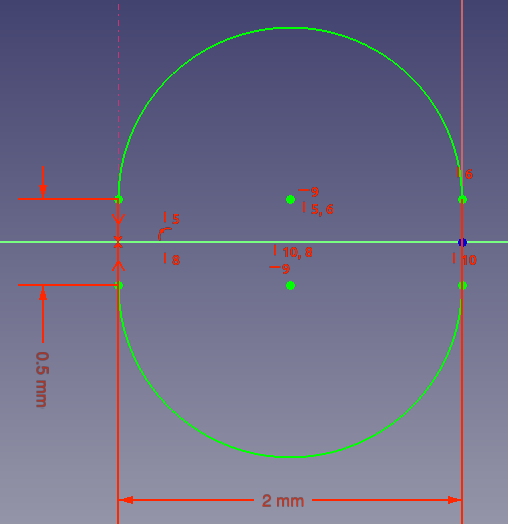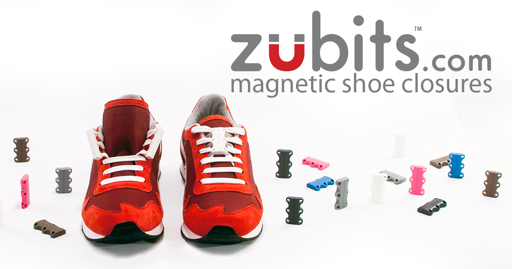

Thanks for the offer! But actually I didn’t model that part for me but for others who need a model of a finished lens. I already have real lenses myself.
The thing is, I shared the design of my glasses for others who might want to print themselves the same glasses too, and there seems to be enough interest that some folks printed them and went to their opticians with it, only to be turned away because the frames are unusual - or they didn’t want to risk having lenses made using the lens template only to find out that the lenses are unusable in the final frames - and they didn’t want to risk filing a notch in the lenses either, which is something that’s not usually done to fit lenses to frames.
And I can understand the opticians too: if they agree to order lenses and they don’t fit the frame, the loss is on them and they don’t need the aggravation.
I wanted to provide a model of a lens that those folks could print out of PLA to convince the opticians that it’s not sketchy or far-fetched. If this parts needs a resin machine - which, I agree with you, it absolutely looks like it does if you really want a quality part - then it sort of defeats the point of self-sufficiency of my little project.



















Lol
Clearly that’s progress 🙂